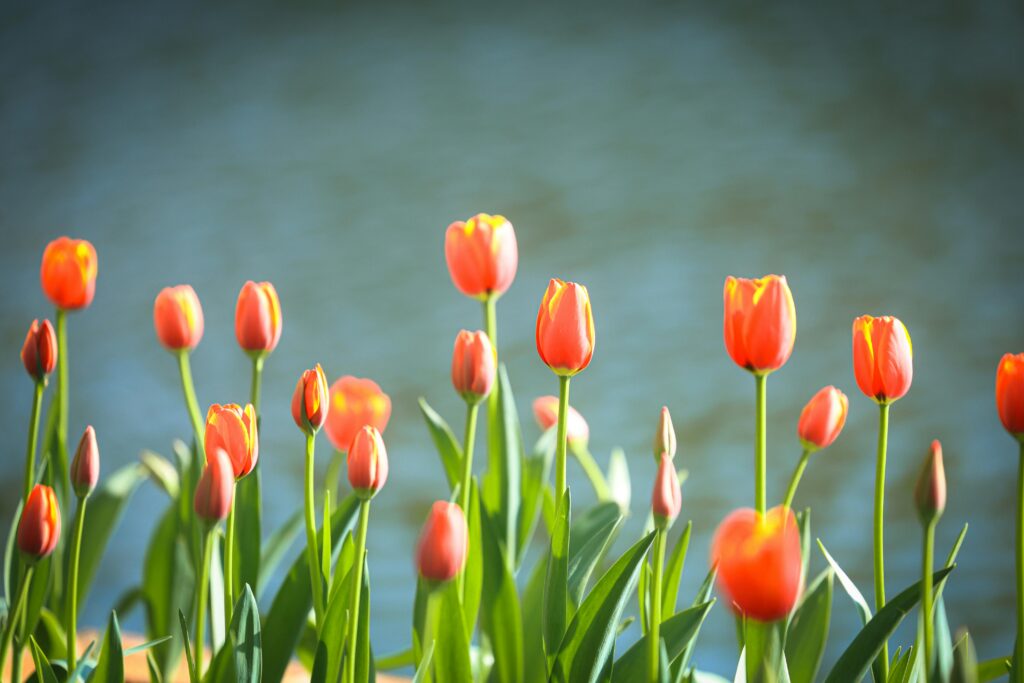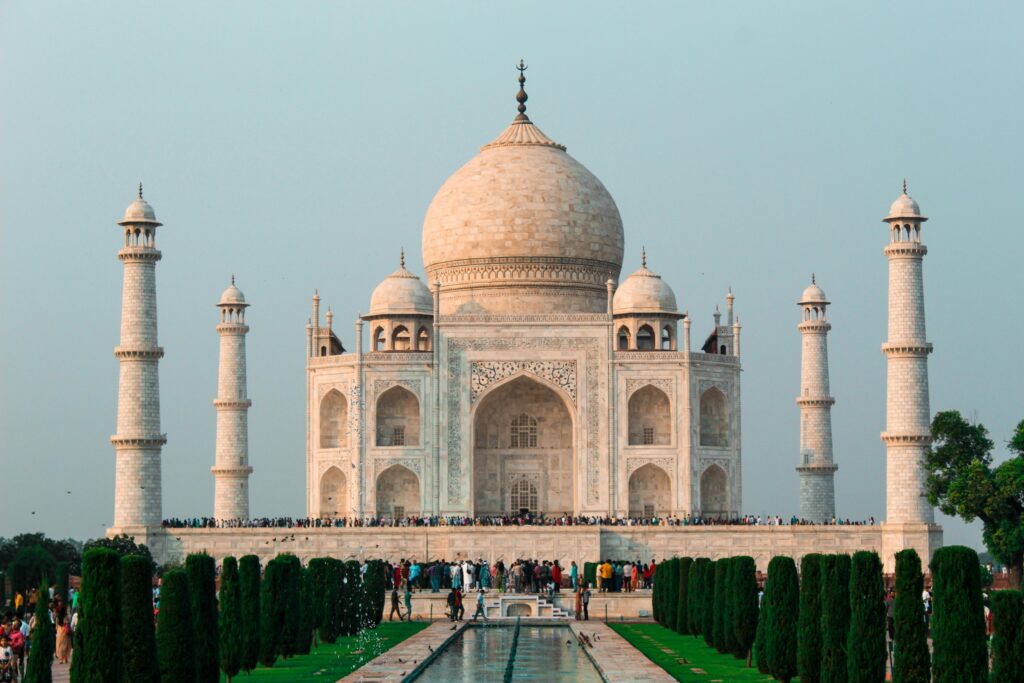Floral plants, or angiosperms, are among the most diverse and numerous organisms on the planet. With around 300,000 described species, they are crucial to ecosystems and human existence. From enhancing the aesthetic value of landscapes to offering critical resources such as food, medicine, and raw materials, floral plants are essential to the biodiversity of the planet.
What Are Floral Plants?
Flowering plants are members of the kingdom Plantae and are defined by their capacity to bear flowers. Flowers are their reproductive organs, adapted to entice pollinators and enable the creation of seeds for the next generation.
Interesting Facts
Diversity and Distribution: Floral plants exist in nearly every habitat on our planet, from deserts to rainforests and even aquatic environments. They vary in size from minute duckweeds that are less than a millimeter to eucalyptus trees over 300 feet tall.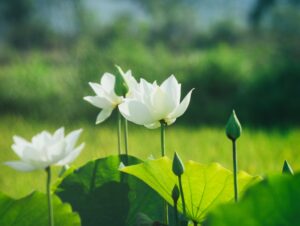
Oldest Flowering Plant: Fossilized remains of Montsechia vidalii, a plant that lives in water in Spain, indicate that it is one of the oldest known flowering plants, and about 125-130 million years old.
Pollination Wonders: More than 80% of the flowering plants are dependent on external pollinators such as bees, butterflies, and birds. Symbiotic mutualism between the flowers and pollinators is an excellent demonstration of co-evolution.
Edible Flowering Plants: Most of the plants we eat every day are flowering plants, and these include fruits like mangoes, cherries, and apples. Nasturtiums, pansies, and marigolds are flowers that are eaten as well for their flavor and beauty.
Medicinal Applications: Chamomile, lavender, and hibiscus flowers have been used in traditional medicine for centuries to cure all kinds of ailments, ranging from anxiety to indigestion.
Record-Holder Flowers:
Rafflesia arnoldii: The world’s largest flower, it reaches 3 feet in diameter and 15 pounds in weight. Though lovely, it has a stench that smells like rotting flesh to entice pollinators.
Wolffia globosa: Also referred to as watermeal, this is the smallest flowering plant and is usually smaller than a rice grain.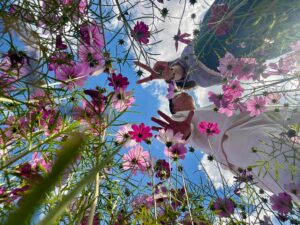
Ecological Significance
Floral plants are integral to maintaining ecological balance. Here are some key roles they play:
Oxygen Production: Flowering plants generate oxygen through photosynthesis, which is vital for the majority of life on our planet.
Pollinator Support: Flowers offer nectar and pollen, which are sources of food for pollinators. Pollinators, in return, facilitate the reproduction of plants, promoting biodiversity.
Soil Health: Most flowering plants, like legumes, nourish the soil by fixing nitrogen, enhancing its fertility and structure.
Climate Regulation: Large flowering plants, such as trees, regulate the climate by consuming carbon dioxide and lessening the impact of greenhouse gases.
Habitat Provision: Floral plants offer protection and nesting places for millions of species of insects, birds, and animals.
Floral Plants in Human Life
Humans have a deep connection with floral plants, using them for various purposes:
Aesthetic Value: Flowers are extensively utilized for decoration, landscaping, and gifting. Symbolic flowers such as roses, tulips, and sunflowers represent love, friendship, and happiness.
Cultural Significance: Flowers have religious and cultural significance in most traditions. For example, the lotus is a holy symbol in Hinduism and Buddhism.
Economic Impact: The international floriculture market, worth billions of dollars, sustains the production and export of cut flowers, potted plants, and seeds.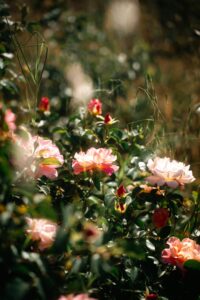
Therapeutic Benefits: Research indicates that flowers can enhance mental health by alleviating stress and inducing happiness. Floral therapy and horticultural therapy are becoming increasingly popular for their therapeutic benefits.
Preservation of Floral Plants
Although crucial, numerous flowering plants are threatened by habitat loss, climate change, and overexploitation. The International Union for Conservation of Nature (IUCN) is one organization that attempts to safeguard vulnerable plant species through conservation efforts and public awareness campaigns.
You may help in preserving flower plants by planting local species, being a consumer of sustainable agriculture, and lowering the consumption of detrimental chemicals that influence pollinators and plant health.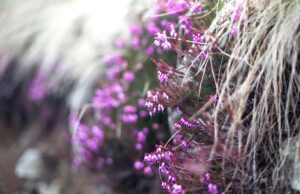
Conclusion
Flower plants are more than just mere decorations for our world; they are the backbone of life on Earth. From maintaining ecosystems to contributing to human culture, their significance cannot be overstated. By preserving and cherishing these wonders of nature, we ensure a rich and dynamic world for the future.
